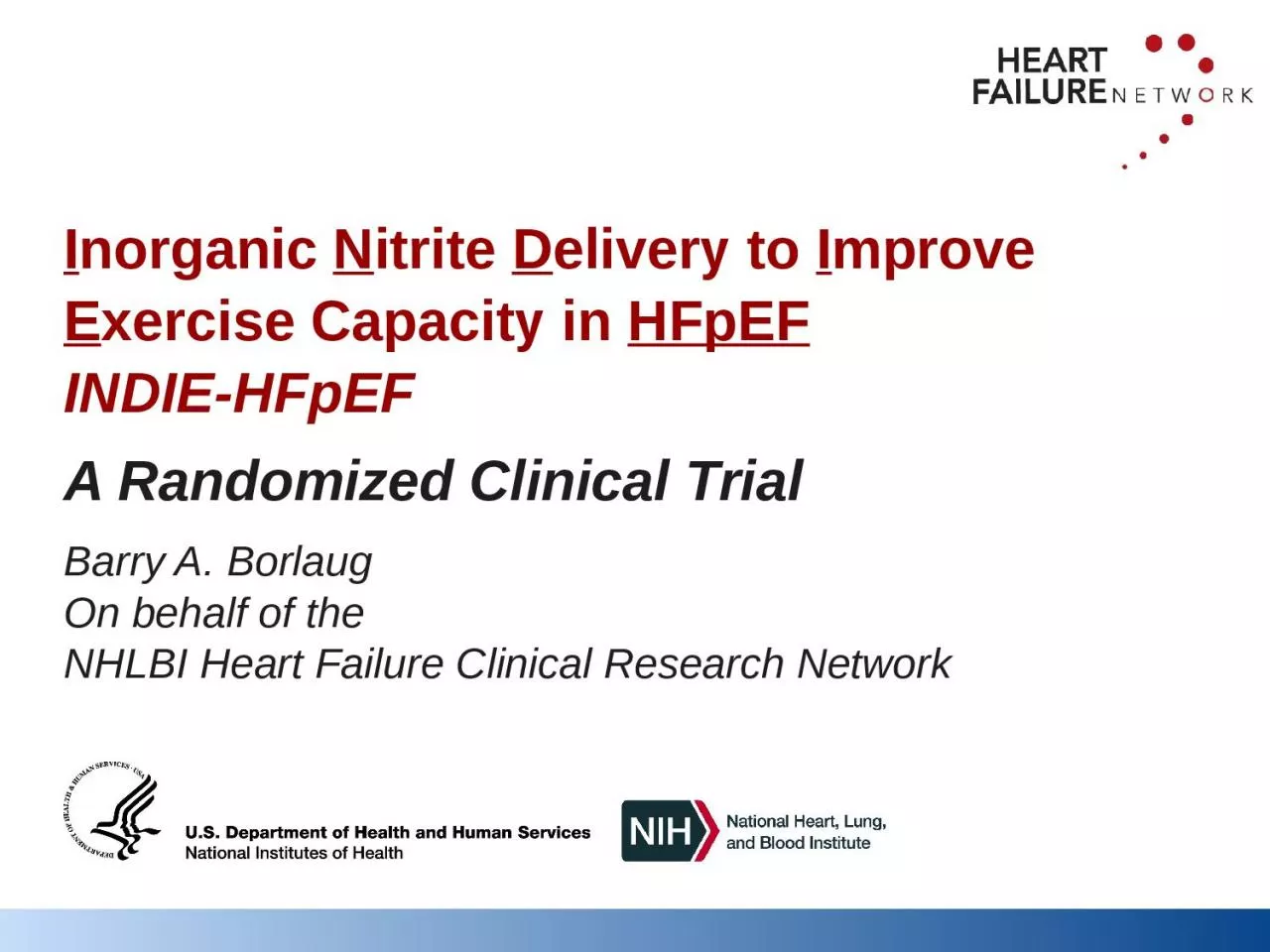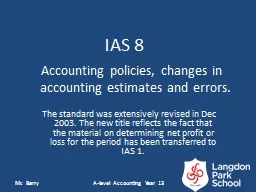PPT-Barry A. Borlaug On behalf of the
Author : julia | Published Date : 2024-02-02
NHLBI Heart Failure Clinical Research Network A Randomized Clinical Trial I norganic N itrite D elivery to I mprove E xercise Capacity in HFpEF INDIE HFpEF
Presentation Embed Code
Download Presentation
Download Presentation The PPT/PDF document "Barry A. Borlaug On behalf of the" is the property of its rightful owner. Permission is granted to download and print the materials on this website for personal, non-commercial use only, and to display it on your personal computer provided you do not modify the materials and that you retain all copyright notices contained in the materials. By downloading content from our website, you accept the terms of this agreement.
Barry A. Borlaug On behalf of the: Transcript
Download Rules Of Document
"Barry A. Borlaug On behalf of the"The content belongs to its owner. You may download and print it for personal use, without modification, and keep all copyright notices. By downloading, you agree to these terms.
Related Documents














